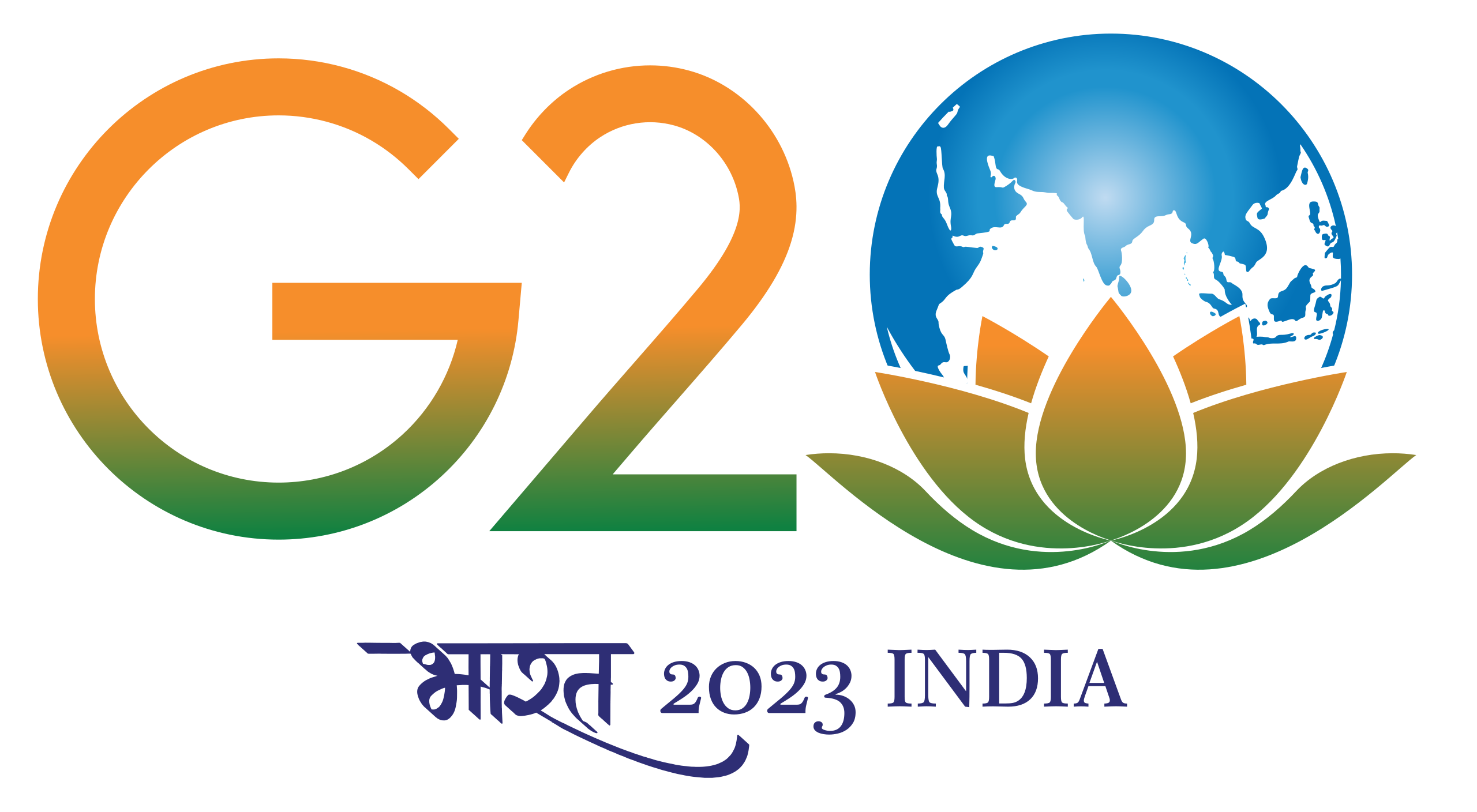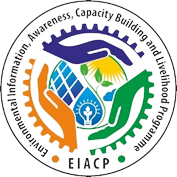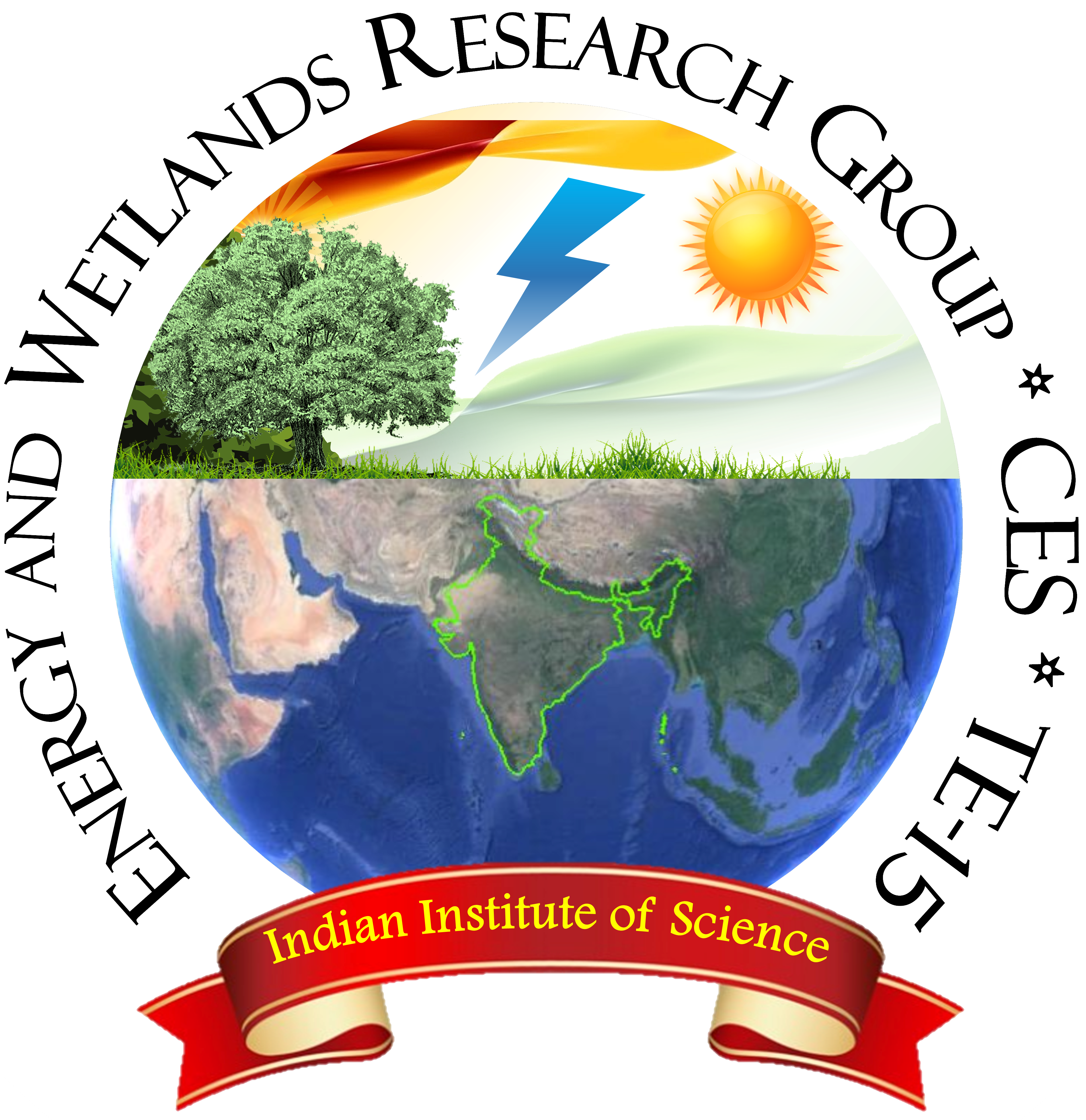Highlights
• Helps in visualizing regions based on eco-sensitiveness.
• Visualize variables used for computing eco-sensitiveness.
• Available at grid level (5'x5' or 9 km x 9 km) and village levels.
• Aids in decision making at decentralized levels (BMC, local forest department, etc.).
Western Ghats Spatial Decision Support System (WGSDSS) has been designed as part of the ongoing
ecological research in the Western Ghats by taking advantage of the recent advances in information
and open source web technologies through the integration of spatial with the attribute information
(bio, geo, climatic, ecological, environmental, and social variables) at disaggregated levels. This
enhances governance transparency while meeting societal needs, which helps in the prudent management
of ecologically and hydrologically vital Sahyadri hill ranges. Visualization of ecologically
sensitive
regions at disaggregated levels (grids/village) through synthesis and integration of information
would enable understanding of the current status, which are essential for effective decision-making
at decenralised levels for example BMCs (Biodiversity Management Committees) towards sustainable
management of natural resources.
Web-based spatial decision support system (WSDSS) is designed by integrating free and open source
software (GeoServer, PostgreSQL, PostGIS, Leaflet) and integration of spatial information of Open
Geospatial Consortium (OGC) standards to carry out a multiple criteria analysis. Features such as
Web Map Service (WMS), and Web Feature Service (WFS) would help in accomplishing effective
dissemination of the ecological, socio, economic, biodiversity and environmental information.
Ecological sensitivity or fragility refers to permanent and irreparable loss of extant life forms or
significant damage to the natural processes of evolution and speciation with the alterations in the
ecological integrity of a region. The comprehensive knowledge of the ecological fragility of a
region is quintessential for evolving strategies for conserving the area, which entails identifying
factors responsible for ecological sensitiveness, including landscape dynamics, and visualizing
future transitions to mitigate the problems of haphazard and uncontrolled development approaches.
The region witnessed large-scale land cover changes during the past century due to unplanned
developmental activities with industrialization and globalization. This necessitates implementing
mitigation measures involving stakeholders to address the impacts through location-specific
conservation measures. Framing conservation and sustainable developmental policies entail
delineation of ecologically sensitive regions by integrating bio-geo-climatic, ecological, and
social factors representing dynamics of socio-ecological systems, impacts, and drivers. Analyses of
ecologically sensitive regions in the Western Ghats, one among 36 global biodiversity hotspots using
temporal remote sensing data, highlight serious concerns on the status of forests and conservation
options. The deforestation and mismanagement of these pristine ecosystems evident from deforestation
and the current extent of forest ecosystems have been threatening water security with severe
challenges to people's livelihood in peninsular India. Spatiotemporal analyses of LU highlight
anthropogenic induced developmental thrust with the loss of 5% evergreen forest cover with an
increase of 4.5% built-up cover and 9% agriculture area. Fragmentation analyses highlight that
interior forest constitutes only 25% of the forest landmass, depicting the fragmentation pressure,
impacting local ecology. ESR delineation considers abiotic, biotic, and socio/anthropological
factors, reflecting the current status of the fragile landscape and their significance in
maintaining ecosystem equilibrium. Grid wise analysis portrays 32% (755 grids) of the area under
ESR-1 denoting very high ecological fragility, 16% (373) grids under ESR-2, which has potential to
be ESR-1, 34% (789) and 18% (412) under ESR-3, and 4 respectively, with moderate and least
ecological fragility. ESR analysis depicts 63,148 km2 area under very higher ecological fragility,
27,646 km2 under high ecological fragility, 48,490 km2 as moderate and 20,716 km2 as low ecological
fragility. Integrating ESRs in the sustainable development policy framework would aid in regulating
unplanned developmental activities, which aid in ensuring ecological security with the continuance
of the essential ecosystem services to sustain the livelihood of people. Ensuring sustenance of
natural resources (adequate and clean water, oxygen, etc.) to the next generation (intergeneration
equity) through prudent management of ecologically fragile Western Ghats is on our shoulders and let
us together ensure conservation of critical ecosystems for our children.



.png)



